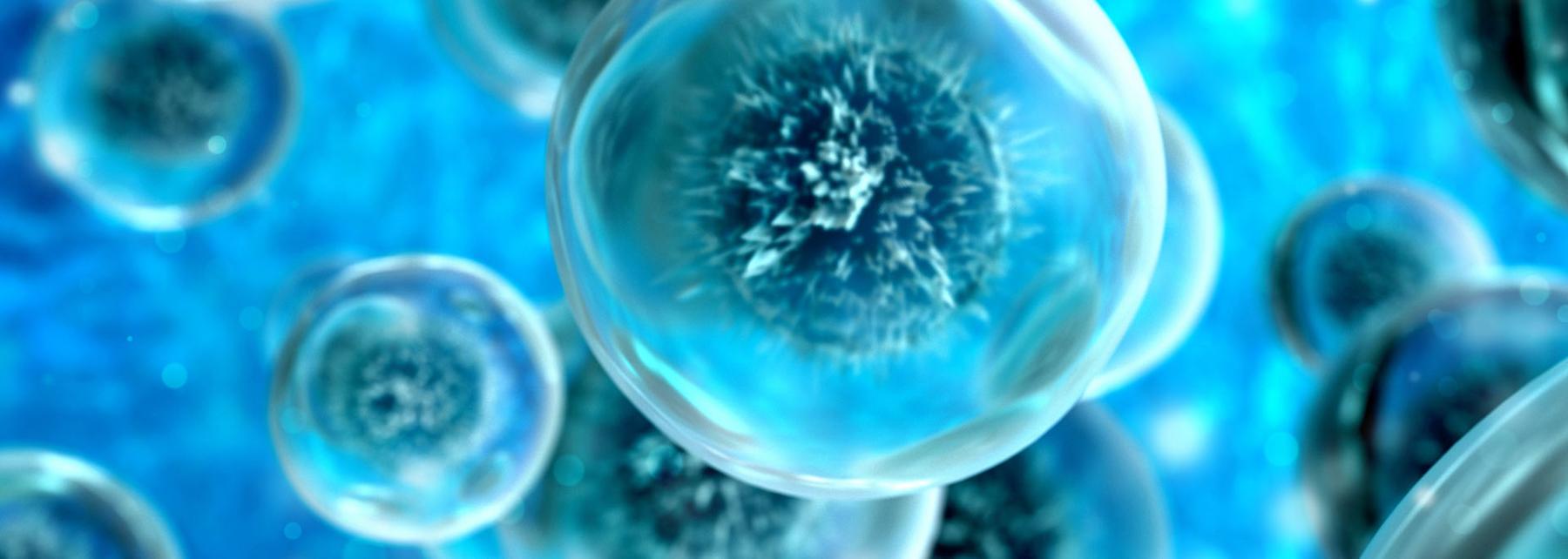
Hematology Research: Comparing Normal and Abnormal Blood
by Joshua Farr
This lesson has students create a unique graphical visual of the components of blood within a vial. These components of blood are then researched and used as a control for accomplishing two collaborative tasks. First, students will form small collaborative groups and perform microscopy on prepared blood slides to not only practice microscope techniques, but better visualize the components of blood. This will require sketching and discussion. Second, students will select a blood disorder to research and create a comparison vial of blood regarding any changes in the percentages of parts of blood and create 3 slides on their research. Their slide work will be compiled with other groups in class and presented in small round table discussions. Students will be required to write about normal and abnormal blood conditions as an assessment.
Lesson Plan Link/URL
https://docs.google.com/presentation/d/1D8IJ7U8qREjyQY6Hu8h01ocHV5bi6j55/edit?u…Subject Area
Science Life Science L1: Cells Technology 5. Computational Thinker Mathematics Ratio and Proportion (RP) English Language Arts (ELA) Writing Speaking & Listening
Featured
Off
Related Content

Grades:
9th Grade, 10th Grade, 11th Grade, 12th Grade
Using the Introduction to Hydroponics lab, introduce students to the features of the Hydroponic Systems. Students will explore the different types of grow mediums and grow lights used in the systems

Grades:
Kindergarten, 1st Grade, 2nd Grade
In this lesson, K-2 students will plant seeds and use technology to track the growth of their plants. Through hands-on activities and observation, students will learn about the basic needs of plants

Grades:
11th Grade, 12th Grade
This lesson will show you how to test a protein with a spectrophotometer and teach the students about serial dilutions